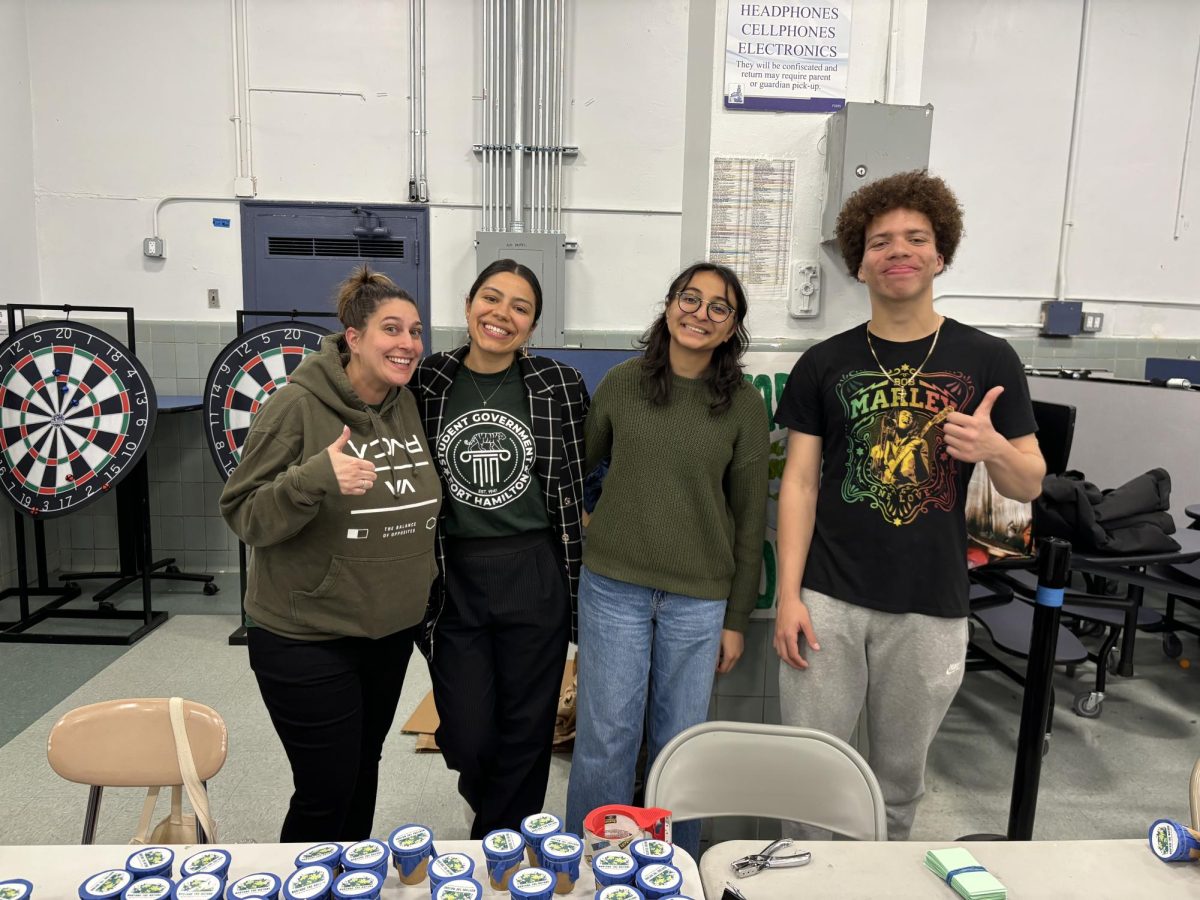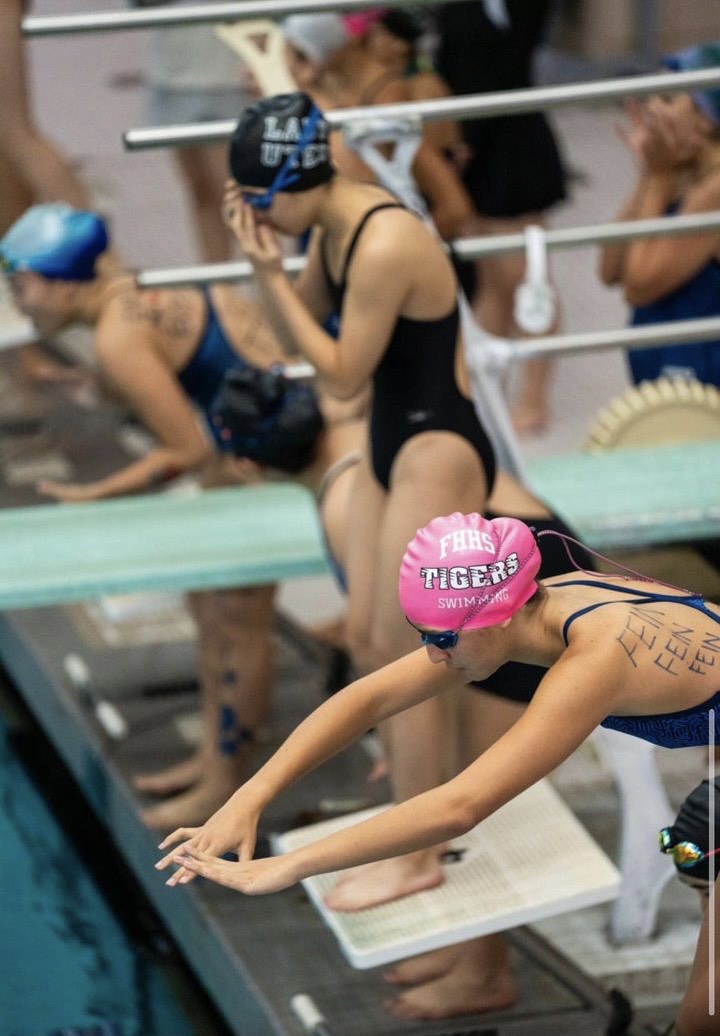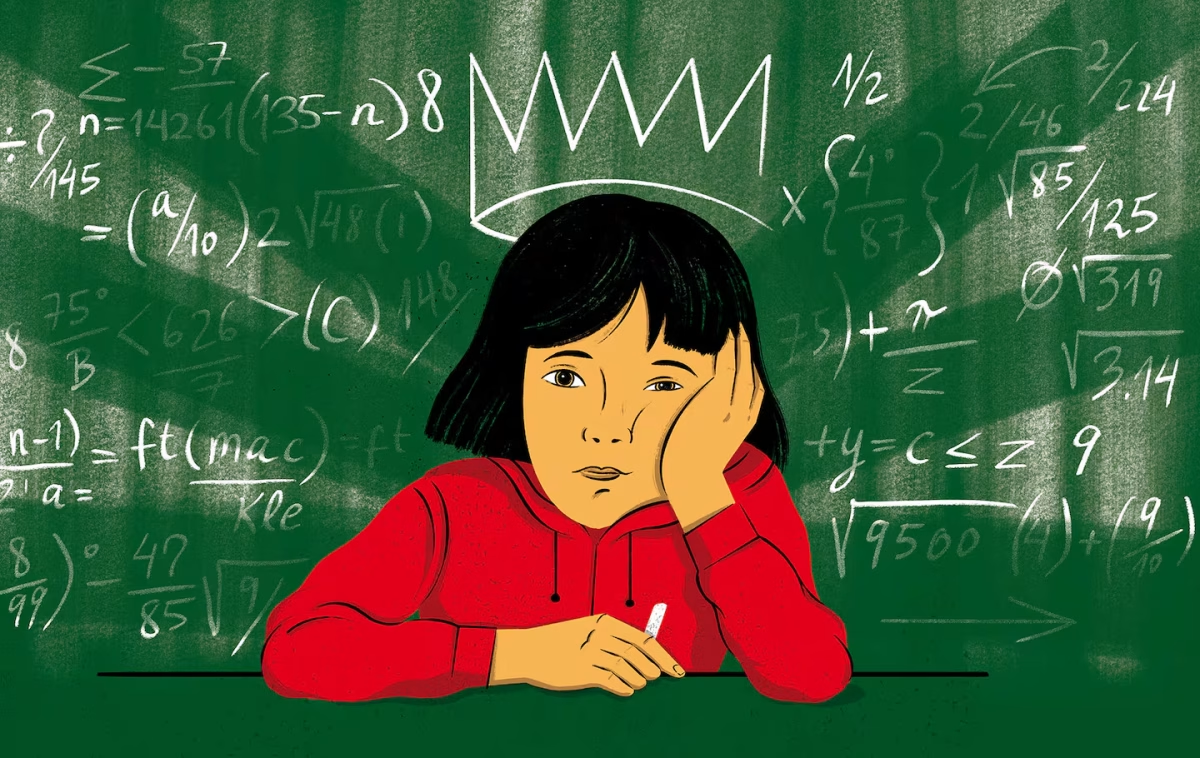I have to pay two dollars for water every day in order to stay hydrated while other kids can drink milk for free. I’ve been lactose intolerant for the majority of my life and in every school lunch I’ve ever had I was given a carton of milk. Whether it was white milk or chocolate milk it was always that – milk. So I would have to politely decline the lunch aides when they put the carton on my tray and make my daily trip to the vending machines for a bottle of water.
Milk is often served as a drink alongside school lunches. The Healthy, Hunger-Free Kids Act ensures that children meet a certain quota of nutrients with their meals. What nutritional needs cannot be met in the meals is made up for in the milk. Schools serve fat-free or low-fat milk to adhere to the Dietary Guidelines recommended by the Dietary Guidelines for Americans (DGA). Milk is considered to be an essential source of nutrients for children and must be offered as an option of beverage.
The key word here is “option.” Current school lunch policies discriminate against students with dietary restrictions. Only offering milk for a free drink causes students who are vegan or lactose intolerant to turn to the vending machines for a drink, which can get costly.
Schools, however, don’t only provide water via the vending machines. Throughout Fort Hamilton I’ve seen water fountains placed in the halls of every floor. They’re accessible to all students during the school day to refill a water bottle or just to have a drink.
At lunch, bottled water should be available for students (especially considering there are no water fountains in the lunchroom) in addition to milk. The main food groups we have been taught to eat since we were little are fruits, grains, vegetables, protein and dairy. Dairy, however, isn’t really that large a part of a necessary diet to remain healthy. “We can get all of the nutrients for optimal health from a high-quality diet that limits or contains no dairy,” the University of Michigan wrote in an article published on whether cow milk is essential for our diet. Water, on the other hand, is a “vital nutrient” that is needed for the human body to function. There is no true estimate for the amount of water needed daily, but the average is a minimum of eight to nine cups.
If we can substitute milk in our diet but not water, then it should be mandatory to serve water with school lunches. Some students enjoy the milk, some do not, some can’t have it – but what we can have, and all need, is water. School lunches need to start serving drinks for the entire student body, and not just serve the drink they are encouraged to by their benefactors. No student should have to pay two dollars for a basic necessity.

























